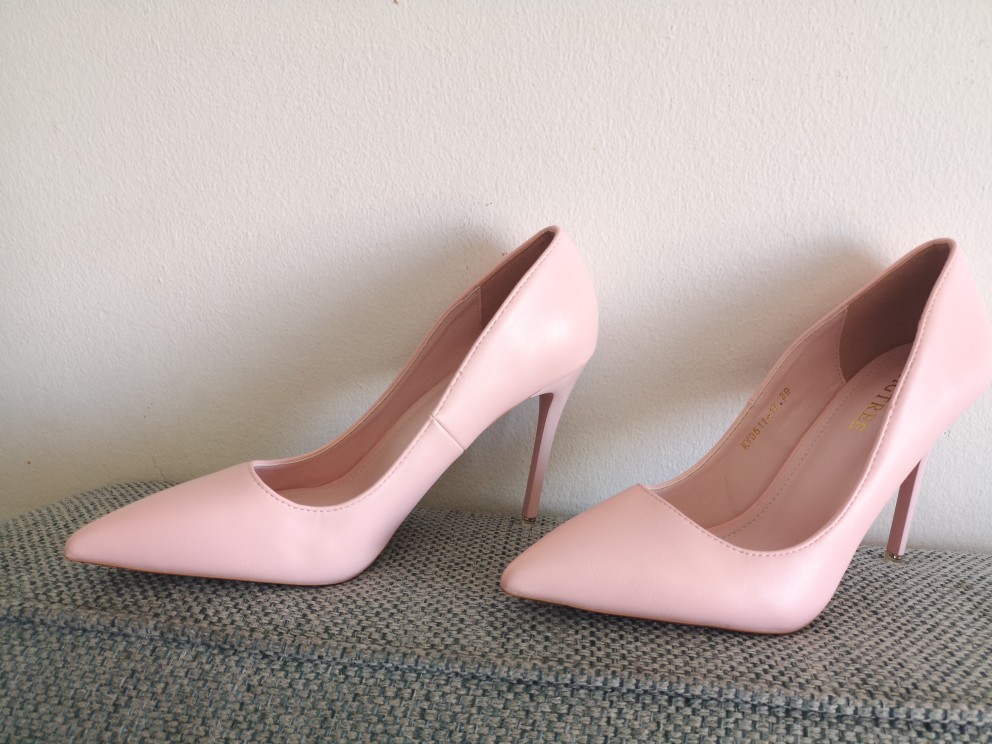Chapter 1: The Allure of Human Leather Shoes
Human leather shoes have long been revered for their unparalleled quality, craftsmanship, and timeless appeal. As one of the most luxurious and durable materials for footwear, human leather exudes a sense of sophistication and elegance that transcends fleeting fashion trends. With its rich history and association with exceptional craftsmanship, human leather continues to captivate shoe enthusiasts and connoisseurs alike, offering a unique blend of style, comfort, and prestige.
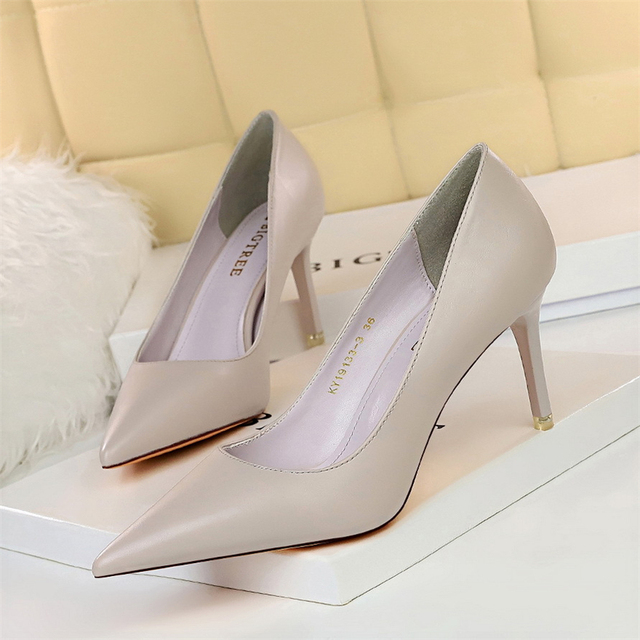
Human leather, sourced from the finest hides, possesses a distinct allure that sets it apart from other materials commonly used in shoe production. Renowned for its supple texture, exceptional durability, and ability to develop a rich patina over time, human leather embodies the essence of luxury and refinement. Crafted by skilled artisans with meticulous attention to detail, human leather shoes boast a level of quality and craftsmanship that is unmatched, making them a coveted choice for those who appreciate the finer things in life.
Chapter 2: The Art of Shoemaking: Unraveling the Process
The creation of human leather shoes is a labor-intensive and intricate process that requires precision, expertise, and a deep understanding of the material’s unique characteristics. From the initial selection of premium hides to the final stages of finishing and polishing, every step in the shoemaking process is executed with unwavering dedication to perfection. Skilled craftsmen meticulously cut, stitch, and shape the human leather, ensuring that each pair of shoes reflects the highest standards of quality and artistry.
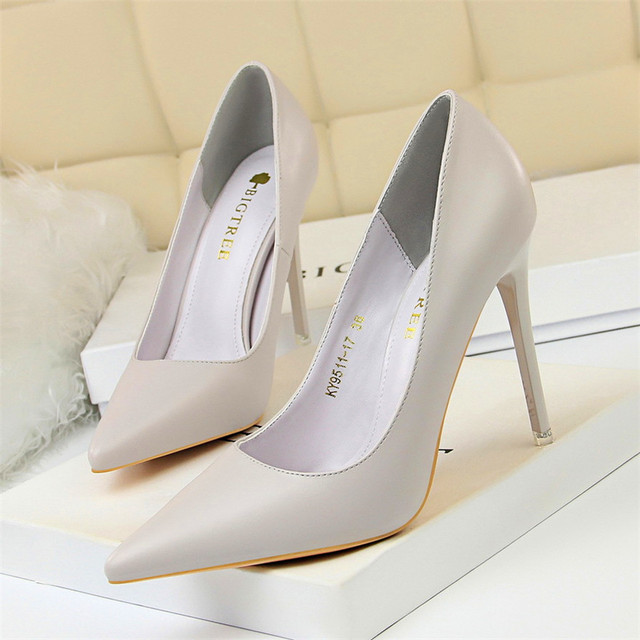
Section 2.1: Selecting the Finest Materials
The journey of creating human leather shoes begins with the careful selection of the finest hides, chosen for their superior quality, texture, and natural beauty. This meticulous attention to detail ensures that every pair of human leather shoes embodies the inherent elegance and luxury of the material, setting them apart as a symbol of discerning taste and uncompromising quality.
Section 2.2: Masterful Craftsmanship and Construction
Once the premium hides have been chosen, master craftsmen embark on the intricate process of transforming the raw material into a work of wearable art. Employing time-honored techniques and modern innovations, these artisans expertly cut, stitch, and shape the human leather, meticulously constructing each component of the shoe with precision and care. From the hand-lasting of the uppers to the welted construction of the soles, every aspect of the shoemaking process reflects a dedication to superior craftsmanship and a commitment to producing footwear of unmatched quality and distinction.
Section 2.3: Finishing Touches and Artisanal Detailing
As the shoes near completion, meticulous attention is devoted to the finishing touches and artisanal detailing that elevate human leather footwear to a realm of unparalleled luxury. Skilled artisans painstakingly burnish, polish, and buff the leather to enhance its natural luster and depth, creating a rich patina that grows more beautiful with each wear. Embellishments such as hand-stitched details, decorative perforations, and bespoke hardware further accentuate the exquisite craftsmanship and individuality of each pair of human leather shoes, culminating in a testament to the artistry and dedication of those who bring them to life.
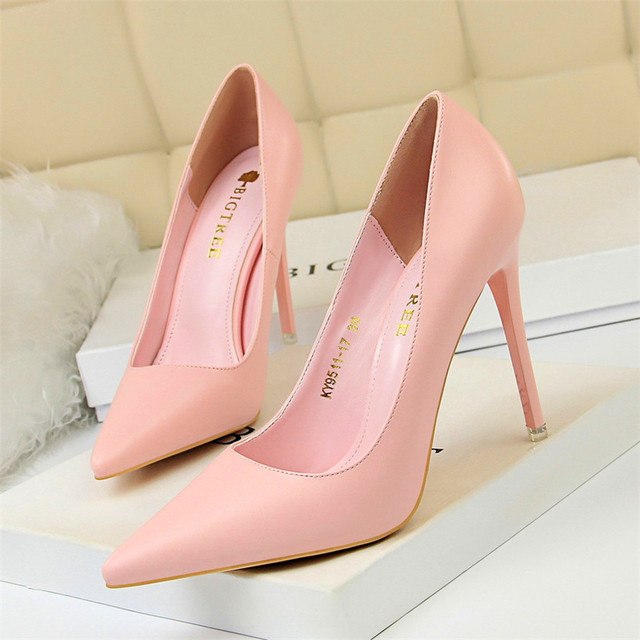
Chapter 3: The Timeless Appeal: Versatility and Sophistication
One of the enduring qualities of human leather shoes lies in their timeless appeal, which transcends passing fads and remains eternally relevant in the world of fashion and footwear. Whether adorning the feet of gentlemen in formal attire or lending a touch of refinement to casual ensembles, human leather shoes exude an air of understated elegance and sophistication that complements a myriad of sartorial choices. From classic oxfords and brogues to sleek loafers and boots, the versatility of human leather footwear knows no bounds, making it a staple in the wardrobes of those who appreciate enduring style and impeccable craftsmanship.
Unlike synthetic alternatives, human leather develops a unique patina that tells the story of its journey, acquiring character and depth that only enhances its allure over the years. This ability to evolve and improve with age endows human leather shoes with a timeless charm that captivates aficionados and ensures that they remain cherished possessions for generations to come.
Section 4.1: Understanding the Ethical Landscape
The use of human leather in the production of footwear raises complex ethical dilemmas, particularly concerning the sourcing of the material from humanely and sustainably raised animals. Questions regarding animal welfare, environmental impact, and transparency in the supply chain underscore the need for conscientious decision-making when it comes to investing in human leather shoes. As consumers become increasingly mindful of the ethical implications of their purchasing choices, the demand for greater transparency and accountability within the human leather industry has intensified, prompting a critical examination of sourcing practices and ethical standards.
Section 4.2: Advocating for Responsible Practices
In response to growing ethical concerns, a movement towards responsible and sustainable sourcing of human leather has gained momentum within the footwear industry. Manufacturers and brands are increasingly seeking to align their practices with ethical principles, prioritizing the use of ethically sourced leather from animals raised in humane conditions and implementing measures to minimize environmental impact throughout the supply chain. By advocating for transparency, ethical sourcing, and adherence to stringent standards of animal welfare, stakeholders aim to foster a culture of responsibility and accountability that safeguards the integrity of the human leather industry while respecting the rights of animals and the environment.
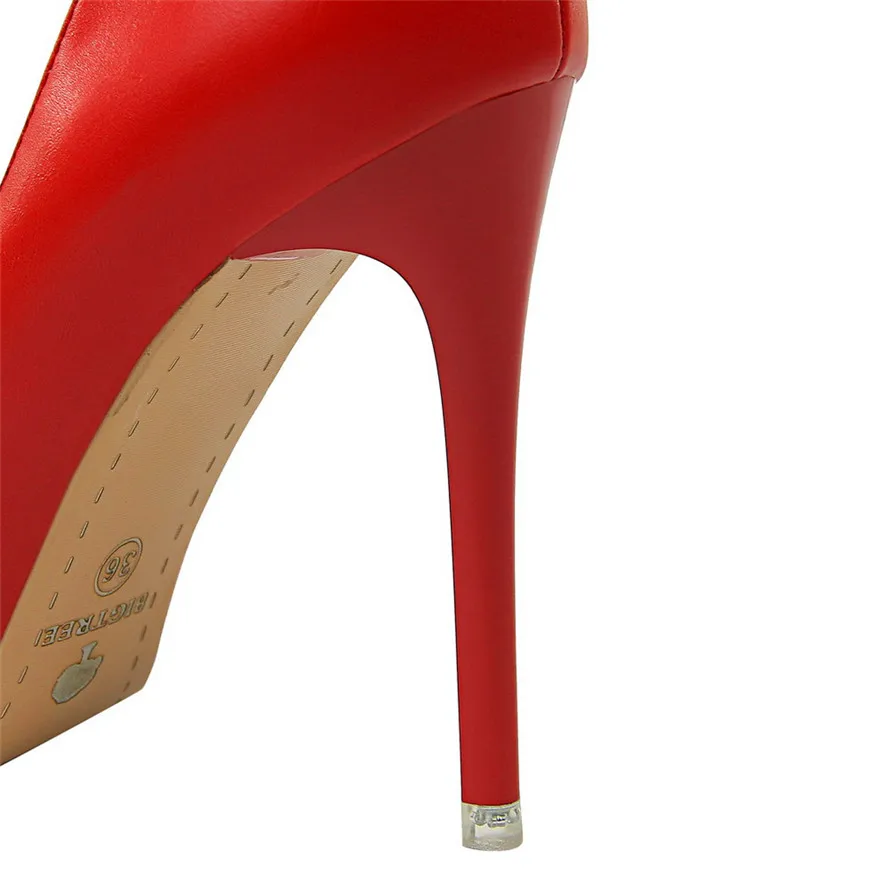
Section 4.3: Empowering Informed Choices
As consumers navigate the ethical landscape surrounding human leather shoes, the power of informed decision-making emerges as a catalyst for positive change within the industry. By seeking out brands and manufacturers that uphold ethical values, prioritize sustainable practices, and demonstrate transparency in their sourcing and production processes, individuals can contribute to the promotion of responsible and conscientious practices within the human leather industry. Supporting initiatives that champion ethical sourcing, environmental stewardship, and animal welfare empowers consumers to make informed choices that align with their values and aspirations, fostering a collective ethos of ethical accountability and sustainability within the realm of human leather footwear.
Chapter 5: Embracing Sustainability: The Evolution of Human Leather
In the face of mounting concerns over ethical sourcing and environmental impact, the human leather industry has witnessed a paradigm shift towards sustainability and innovation, ushering in a new era of responsible practices and eco-conscious approaches to leather production. With a renewed focus on minimizing waste, reducing carbon footprint, and embracing ethical sourcing, manufacturers and tanneries are pioneering sustainable methods that prioritize environmental stewardship and ethical considerations without compromising on the quality and desirability of human leather footwear.
Section 5.1: Innovations in Sustainable Tanning Processes
Central to the evolution of sustainable human leather production are advancements in tanning processes that minimize environmental impact and promote responsible resource usage. Eco-friendly tanning methods, such as vegetable tanning and chrome-free tanning, eschew harmful chemicals and toxins, reducing the ecological footprint of leather production while ensuring the preservation of natural resources. By embracing these sustainable tanning techniques, the human leather industry endeavors to mitigate its environmental impact and safeguard the integrity of ecosystems, thereby paving the way for a more sustainable and eco-conscious approach to leather manufacturing.
Section 5.2: Ethical Sourcing and Animal Welfare Initiatives
Driven by a commitment to ethical practices and animal welfare, the human leather industry has embraced initiatives that prioritize the humane treatment of animals and transparent sourcing practices. By championing humane treatment and responsible stewardship of livestock, the industry seeks to foster a culture of compassion and ethical accountability that resonates with consumers who value the humane treatment of animals and the preservation of natural ecosystems.
Section 5.3: Circular Economy and Waste Reduction Strategies
Tanneries and manufacturers are exploring innovative methods for repurposing by-products of the leather production process, transforming waste materials into valuable resources and contributing to the reduction of landfill waste. Through the implementation of waste reduction strategies and the promotion of circular economy principles, the industry strives to exemplify a commitment to sustainability and environmental responsibility, ushering in a new era of human leather production that prioritizes ethical sourcing and ecological stewardship.
Conclusion: A Legacy of Elegance and Responsibility
In conclusion, human leather shoes embody a legacy of elegance, craftsmanship, and timeless appeal that resonates across generations. As the industry navigates the complexities of ethical considerations and sustainability, it embarks on a journey defined by a steadfast commitment to responsible practices, ethical accountability, and environmental stewardship. Together, consumers, industry stakeholders, and advocates forge a path towards a future in which human leather footwear reflects a fusion of timeless sophistication and conscientious consumption, ensuring that it remains a symbol of discerning taste, exceptional quality, and ethical responsibility for years to come.
